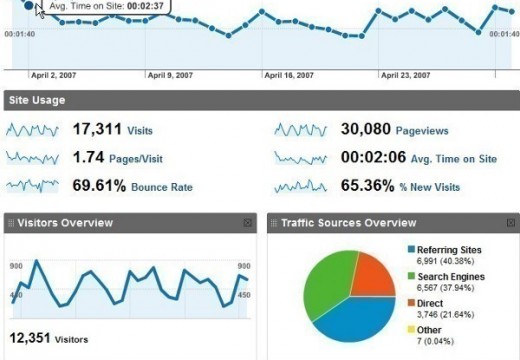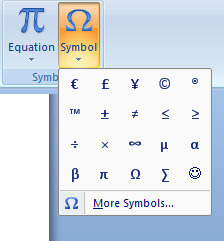Validate HTML
First, you should validate your HTML with either an online HTML validator or an off-line HTML validator.
Online HTML Validators
Offline HTML Validators
- HTML Tidy
- W3C Markup Validator (Unix only)
Ensuring that your HTML is 100% standards compliant will give your web page the best chances of being rendered properly in the majority of web browsers.
Test Against Popular Web Browsers
Next, you should manually test your pages with popular web browsers.
The most popular web browsers are:
Finally, you should validate your web page with the least common denominator browser, Lynx. Lynx is a text-only browser. Lynx is an excellent tool for viewing your web page the way that a search engine will see your web page. If your page cannot be used in Lynx, the odds are extremely good that Googlebot will not be able to navigate your page.
Test at Various Screen Resolutions
The Screen Size Tester will help you to visualize how your web page looks to people with different screen resolutions.
As of 2008, 1024×768 has been the most common browser resolution. However, LCD monitors with higher resolutions are becoming more common.
Validate CSS
You may also with to validate your CSS with the W3C CSS Validator or the Web Design Group CSS Check.




Follow Us!